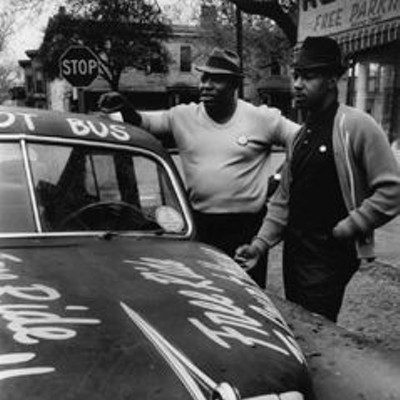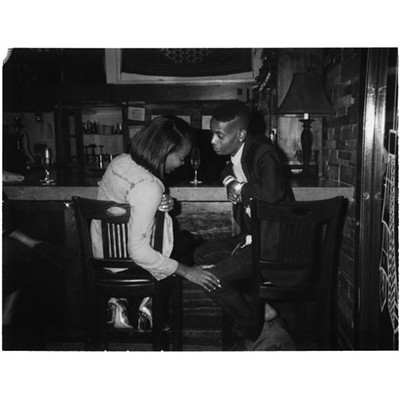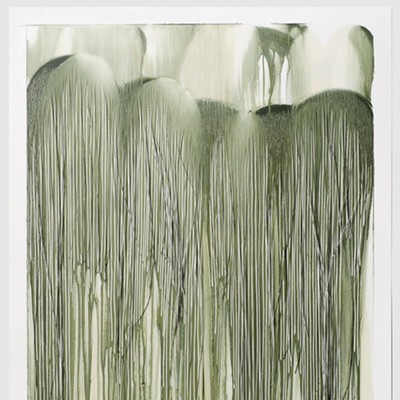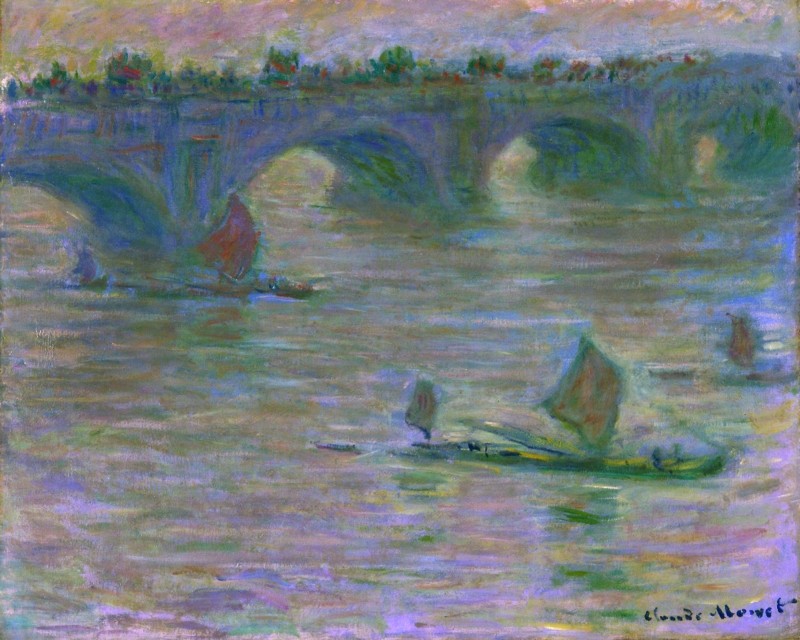
SAVANNAH HAS NEVER before been graced by an original painting by Claude Monet, says Lisa Grove, executive director and CEO of Telfair Museums.
All that changes when the exhibit “Monet and American Impressionism” opens with a huge gala soiree this Thursday night at the Jepson Center, which is hosting the show through January.
Four Monet originals will anchor the expansive exhibit, which also includes favorites from the Telfair permanent collection, such as works by Gari Melchers and Frederick Carl Frieselke.
“If you ask anyone on the street to name a famous painter, my guess is that Monet would be one of the top names to come up,” says Grove. “Monet was influential not only among his French peers, but was really responsible for introducing many Americans to Impressionism.”
Monet was one of the first painters to intentionally cultivate a sort of cult of personality. Many starstruck American artists of the late 1800s made the pilgrimage to Monet’s favorite part of the French countryside, Giverny, “wanting to breathe the same air as Monet, paint the same landscapes as Monet,” says Telfair Museums Curator of Fine Arts & Exhibitions Courtney McNeil.
“He had a great mystique about him, and he cultivated the persona of the brilliant, genius artist,” says McNeil. “Americans flocked to Giverny to be near him and to learn from him. But he never really encouraged Americans to be there—he sort of tolerated their presence.”
Grove says the work of the Americans, however, quickly became important in its own right.
“Certainly French Impressionists are more famous, but when you see the American artists in this exhibit side by side I think you’ll have new respect for the real quality of the work done by Americans during that time,” she says.
The signature painting of the exhibition is Champ d’avoine (Oat Field), a Monet work from 1890 which encompasses most of the central concepts to the movement known as Impressionism.
“This image is the inspiration for the entire thesis of this exhibition. It ties it all together,” says McNeil.
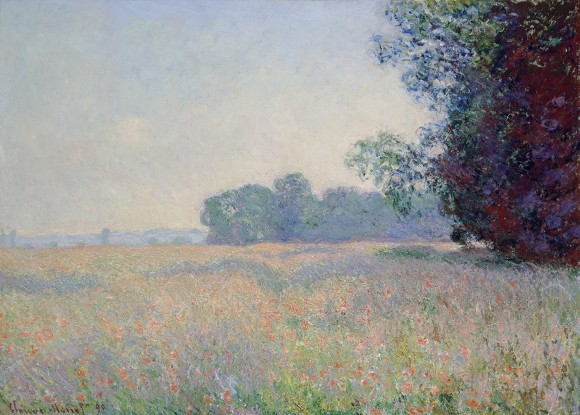
“It’s a great demonstration of the key qualities of Impressionism: You have an outdoors, landscape subject. You see the strong focus on the effects of light and atmosphere, dapples of light and shadows. You see rough choppy brushstrokes and unblended color,” she says.
“And you see off-center, unusual compositional choices, the asymmetrical composition that was the hallmark of Impressionists. It’s sort of a cropping effect often linked to the rise of photography.”
McNeil says Impressionism was “really radical when it made its debut. People were shocked and offended and appalled.”
Americans such as Melchers, Frieseke, Childe Hassam, and Mary Cassatt—also featured in the exhibit—quickly adopted Monet’s characteristic styles.
“For example, they almost never used any black paint in their work,” says McNeil. “They were very interested in the effects of sunlight, of shadows, of strong diagonals. Often you see really high, restrictive horizon lines.”
The exhibit takes up several rooms of the second floor gallery at the Jepson, with rough thematic guidelines anchored the four Monets themselves: Urban Impressionism, the allure of the French countryside, domestic settings.
The unique exhibit is a partnership between the Samuel P. Harn Museum of Art in Gainesville, Fla., the Hunter Museum of American Art in Chattanooga, and the Telfair. These three museums are the only place to see the exhibit, and the Telfair closes out the run.
Grove explains the serendipity that led to the exhibit and the Telfair’s role in it.
“I happened to be talking to the director of the Harn Museum and she mentioned they had recently added a Monet to their collection and they were working on building an exhibition around it,” she recalls.
“She said, ‘I know the Telfair has a real strength in American Impressionism and we’d like to borrow six of your paintings to be included in the show,’” Grove says.
“So I put my thinking cap on and said how about not only do we lend those six works to you, but we do this together and we also host the exhibit here as well.”
A number of events will happen in conjunction with the Monet show, including Free Family Days and this week’s opening event.
“We’ll have at least 1000 people in attendance,” says Grove. “It will easily be one of the largest events we’ve ever hosted.”

